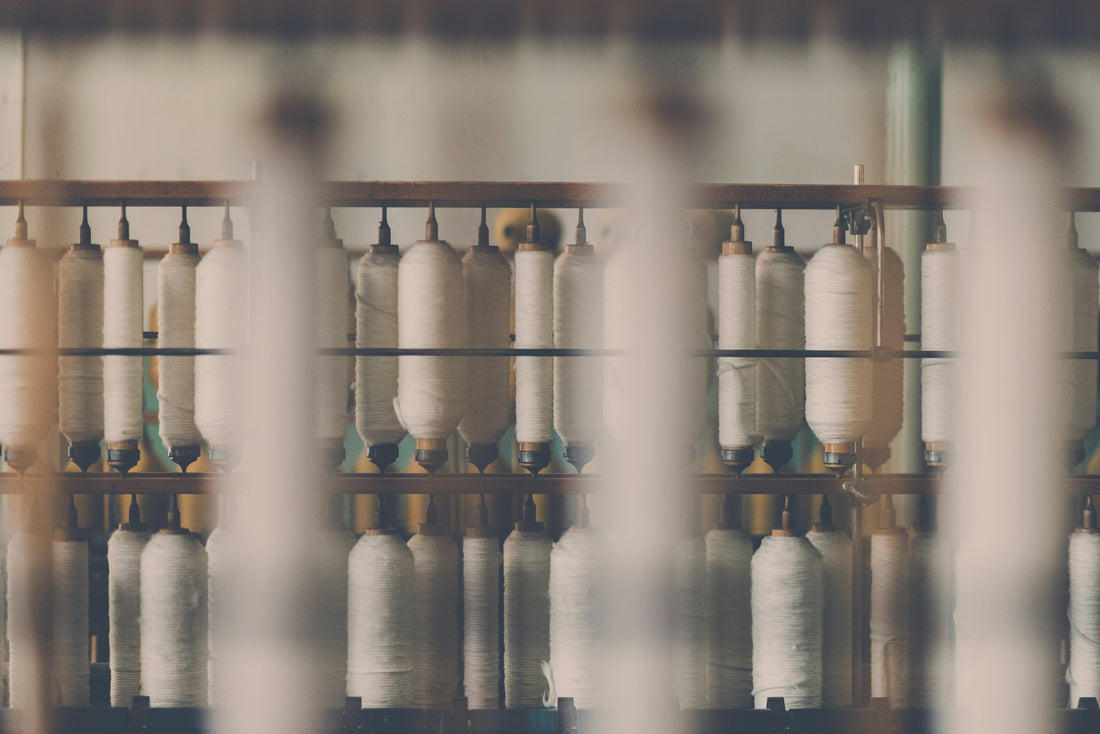
How Inflation Changed What We Wear – And Why It Doesn’t Have to Be This Way
Do you remember buying a T-shirt from H&M or Zara 10–15 years ago and wearing it for years? Back then, high-street fashion was still affordable, but the quality was noticeably better. Those clothes weren’t luxury items, but they lasted. Today, the same T-shirt might still cost £12.99, but after a few washes, it pills, stretches out, or simply loses its shape. The fabric is thinner, the stitching weaker, and suddenly, we find ourselves replacing our wardrobes more often than ever.
So, what happened? How did inflation, cost-cutting, and fast fashion change the way we dress? And more importantly—how can we break free from this cycle?
The Decline of Quality in Everyday Fashion
Over the past decade, inflation has affected nearly every aspect of life, from groceries to rent. But while prices for essentials have soared, fashion brands have done everything they can to keep their prices low—and that comes at a hidden cost: quality.
To maintain the illusion of affordability, many brands have quietly switched to cheaper, synthetic materials like polyester, acrylic, and rayon. These fabrics are not only worse for the environment, but they also wear out faster than natural fibres like cotton, wool, or linen. Meanwhile, stitching techniques have been simplified, seams reinforced less, and fabric weights reduced—all in an effort to cut costs.
The result? A culture of disposable fashion, where garments are designed to be worn for a season or two before falling apart. This isn’t just bad for our wallets—it’s devastating for the planet.
The Environmental Cost of Cheap Clothes
With lower-quality fabrics dominating the market, people are forced to buy more, more often, leading to a staggering amount of textile waste. Consider this:
- The average person buys 60% more clothing today than they did 15 years ago but keeps each item for half as long.¹
- Around 92 million tonnes of textiles end up in landfills every year—equivalent to a rubbish truck full of clothes dumped every second.²
- Synthetic fabrics release microplastics into our oceans every time they’re washed, contributing to pollution and harming marine life.³
So while that £12.99 T-shirt might seem like a bargain, the true cost is much higher—both for us and for the planet.
There’s a Better Way—Fair Pricing, Timeless Quality
At LovexJen, we believe fashion shouldn’t be disposable. It should be made to last, to be loved, and to be kind to the planet. That’s why we:
✔ Hand-sew every piece with care, ensuring strong stitching and timeless designs.
✔ Use high-quality, secondhand, and deadstock fabrics, giving them a second life while reducing waste.
✔ Offer fair pricing—not cheap, but reasonable—so you can invest in pieces that truly last without breaking the bank.
When you shop with us, you’re not just buying clothes. You’re choosing sustainable, ethical fashion that doesn’t sacrifice quality for profit.
So, next time you’re tempted by a £12.99 T-shirt, ask yourself: Is it worth replacing in a few months? Or would you rather invest in something made with love, built to last, and designed just for you?
Join the slow fashion movement. Choose quality. Choose sustainability. Choose LovexJen.
Sources:
1 McKinsey & Company, "The State of Fashion 2022"
2 Ellen MacArthur Foundation, "A New Textiles Economy"
3 Environmental Science & Technology, "Microplastic Release from Textiles During Domestic Washing"
Cover Image: Photo by 🇸🇮 Janko Ferlič on Unsplash
